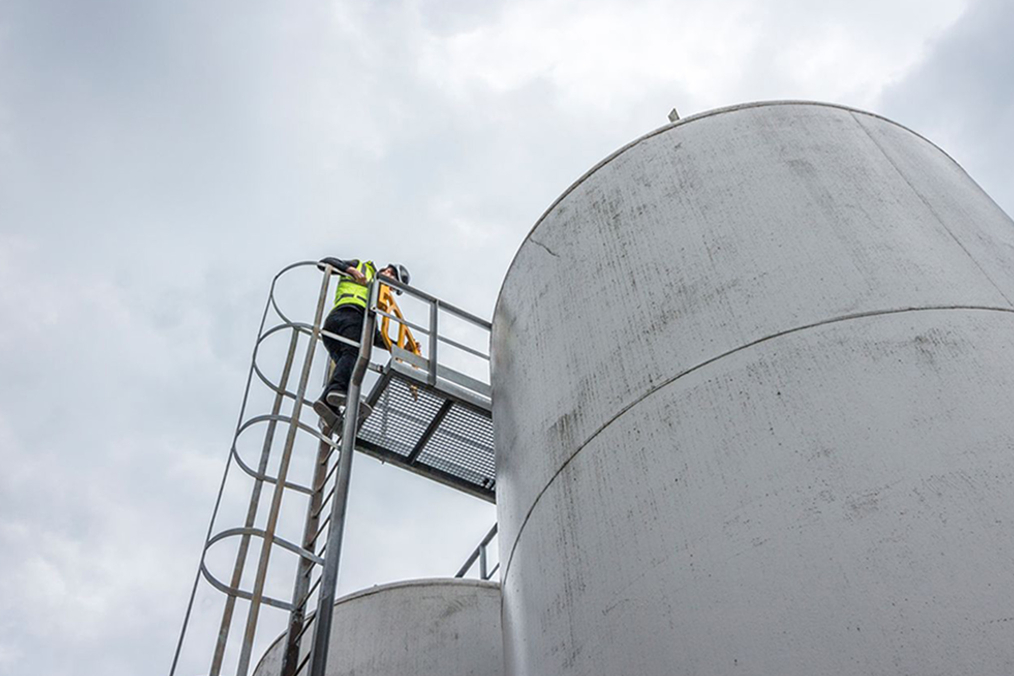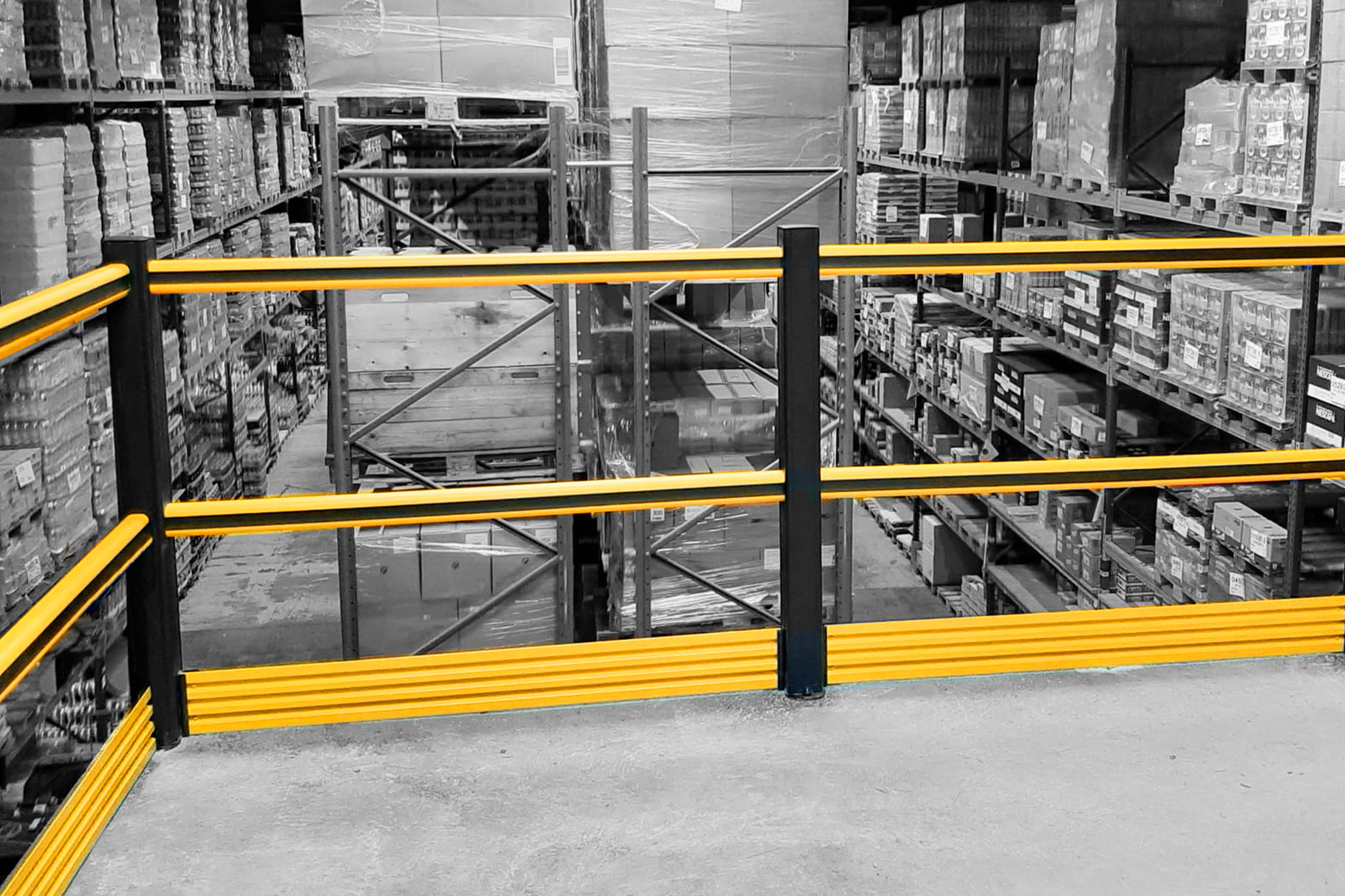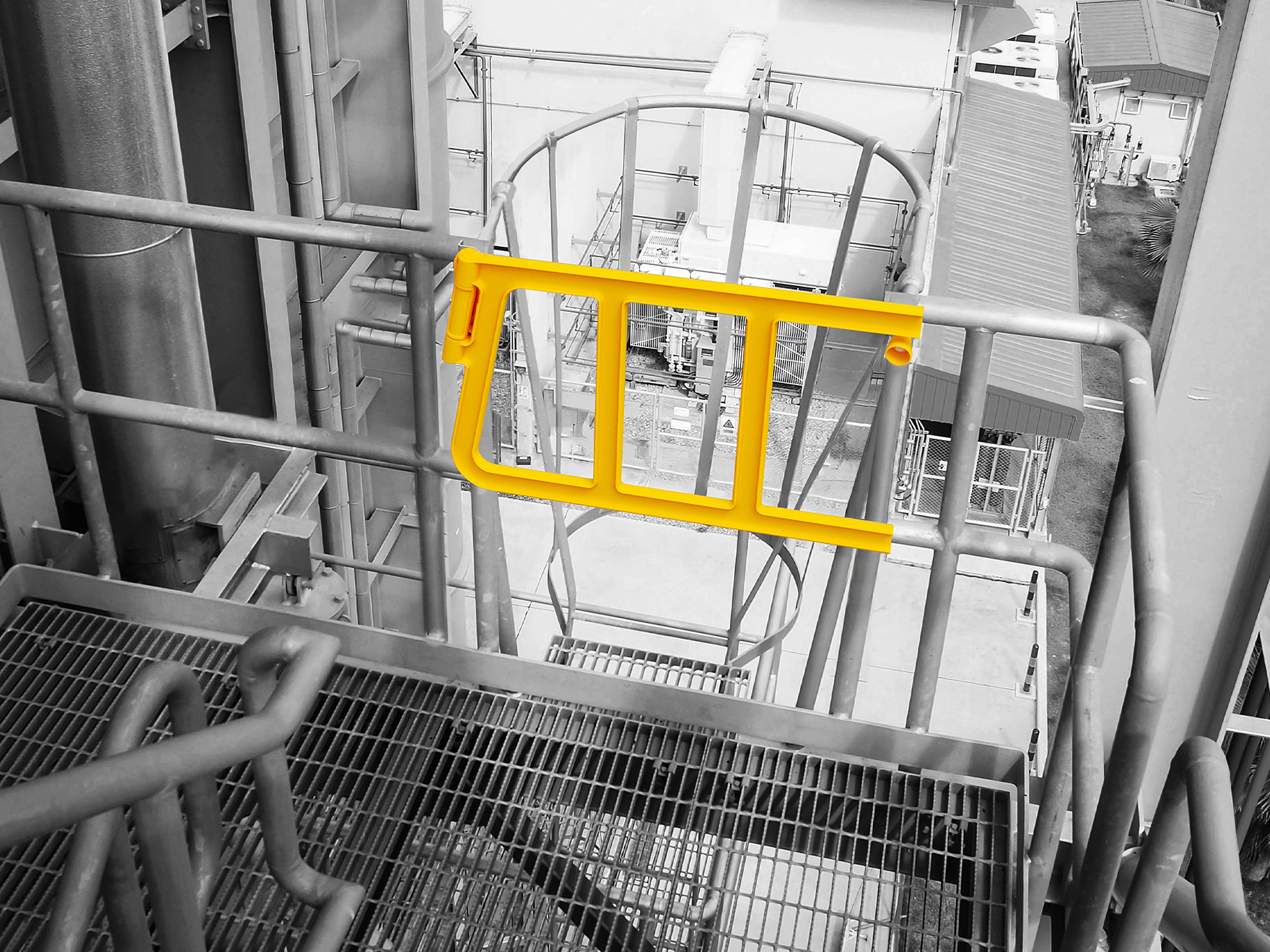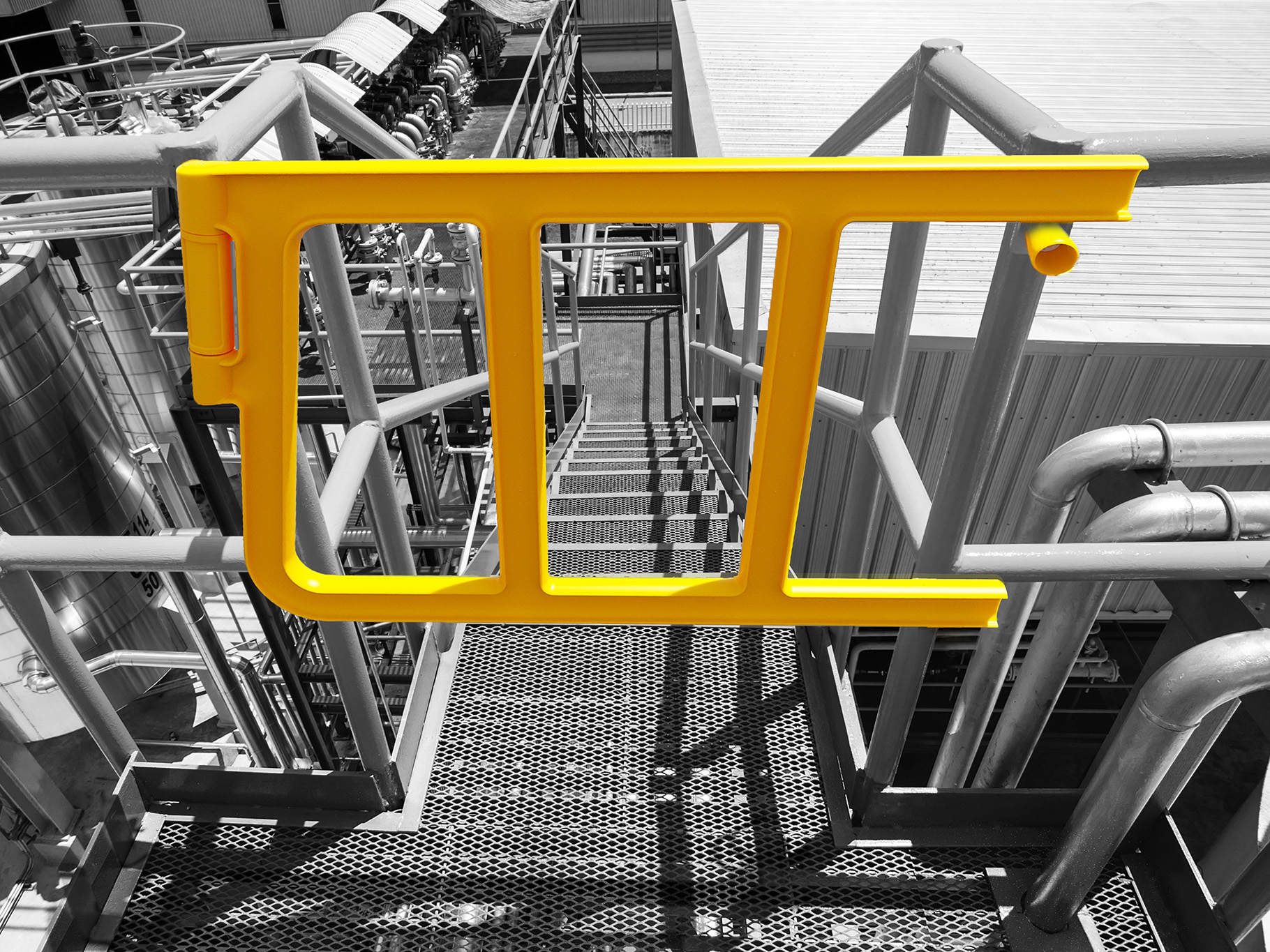Working at heights: tips on how to enhance safety
Working at heights is a risk for all workers. Not only is the risk of falling very high but those at ground level are also endangered if they walk under an elevated platform that is not secure. In an ideal scenario, no one will be injured by this. However, this does occur – and the injuries are often very severe. In some cases, they can be deadly. In addition to the impact on people, this can result in financial consequences and negatively affect the company's image. This is why it is essential to provide effective safety solutions that will keep employees healthy and safe, such as fall protection and handrails. Keep reading to learn what you can do.

Causes of falling from heights
The most common causes of falls from heights are related to the condition of the flooring and fencing. Whether on stairs, an unguarded walkway, or an elevated platform, workers are more likely to lose their footing on a slippery surface. Since workers can be seriously injured if they fall, it is strongly recommended that safety equipment be provided to prevent this.
Materials or machines that employees use when working at heights can also result in fatal injuries. Questions to consider include: Are they in bad condition? Are they outdated? Is the safety equipment malfunctioning or does it need to be replaced? Regular inspections are crucial to prevent accidents.
It cannot be questioned that protocols and instructions for using machinery and equipment must be followed carefully. Remember that installing equipment like scaffolding requires specialized experience. Always inspect equipment and machinery before use.
Consequences of falling from heights
Ensuring employee safety is a top priority. It's crucial not to neglect or downplay the measures needed to optimize workplace safety. This is especially true when working at heights.
A worker who is injured after falling from heights can suffer major physical consequences, including psychomotor impairment, trauma, psychological effects, and in extreme cases, death. Trauma includes common injuries such as broken bones, paralysis, internal injuries, crushing, bleeding, head injury, or coma. In addition to these physical injuries, it's important to consider the potential risks of post-traumatic stress, post-concussion syndrome, and even immobility. In severe cases, the victim of a fall from heights may later suffer from limited movement, disruption of automatic responses, and other serious psychological consequences.
These accidents also lead to employees taking extended periods off work. While their health is a priority, this increases costs for the company. In the event of a fall, the employer has a legal responsibility to the victim and is required to cover medical expenses, daily benefits, or permanent disability pensions. Damage resulting from a failure to follow safety procedures is also possible.
Employee absenteeism also impacts business operations, as employees need to be replaced, which increases training costs. New employees need time to get up to speed, and it can sometimes take a long time for them to perform at the same level as permanent employees. Then there's the negative impact on the company's image and the associated financial burden. Simply put, the consequences are far-reaching. This is why it's crucial to take the right steps to protect all employees when working at heights.

What steps can you take to ensure safety?
The key is to minimize the risk of falls by providing adequate protection and investing in high-quality materials and equipment.
Prioritize collective safety measures. This is a prevention package aimed at securing the work area with specific equipment such as scaffolding, lifts, guardrails, and more. For instance, fall arrest gates and handrails with kick rails can prevent workers from falling. Baseboards also prevent goods from falling because they cannot slide under the handrails. You can complement physical safety with preventive measures such as floor marking tapes and pictograms.
Remember to check the working environment itself. It's important to check and test the stability of the surfaces workers move on.
Individual precautions should also be considered. These measures aim to ensure the safety of each worker by providing equipment such as lanyards, harnesses, anchors, etc. To ensure people's safety, it's also necessary to install a fall arrest system with nets, ropes, rails, and similar equipment. Depending on the activity, a helmet, gloves, or goggles are also essential pieces of equipment.
Contact us
Various safety measures can help prevent accidents when working at heights. Want to learn more about working safely at heights? Read one of our industry-specific white papers to discover which safety solutions apply to your business: FLEX IMPACT® safety barriers, AXES GATE fall protection, and floor marking tapes.

